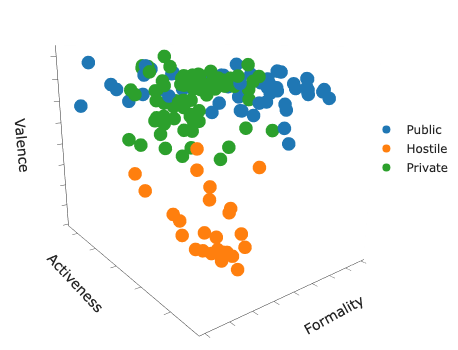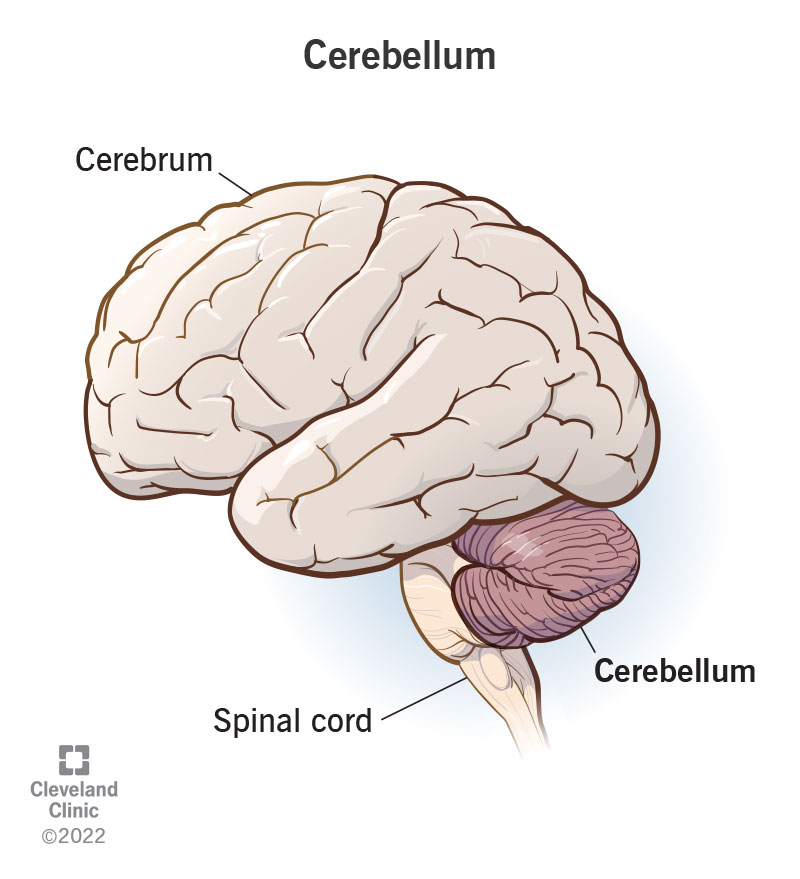Social Relationship Knowledge

The overarching theme of my research career has been focusing on social knowledge, the semantic or common information we use to interact with others and to establish social norms and concepts. For example, spouses and siblings are two types of social relationships, where our knowledge about these relationships tells us the “rules” or typical actions of people in these different relationships. We can refer to this type of social knowledge as social relationship knowledge. When we interact with other people, we make inferences about them, and act accordingly based in part on our social relationship to them. While you can have love towards your sibling and your spouse, our social relationship knowledge of these relationships tells us that these relationships are different in other aspects (e.g. intimacy). If you have seen the first episode of Game of Thrones, your social relationship knowledge allowed you to process the last scene in that episode to set off alarms that something is wrong here.

Social Cognition and the Cerebellum
The cerebellum is a brain structure that sits in the back of the head, underneath the cerebrum or what people normally think of when picturing the brain. The cerebellum has long been thought to solely process motor information to help us keep our balance and to performance fine motor movements such as touching your finger to your nose. Think about a field sobriety test where a police officier asks you to touch your finger to your nose. If you miss, that is because the alcohol has affected your cerebellum where it can no longer do its job correctly. However, there is growing evidence that the cerebellum is involved in lots of different processes, including emotion regulation (people also experience changes in emotions when drunk), language processing, and social cognition. Individuals who suffer lesions (damage) to their cerebellum can experience motor and non-motor issues. The second largest risk factor for autism, is cerebellum damage of a fetus. The cerebellum may play a role in why autistic individuals can have difficulties in social situations. My research focuses on the cerebellum’s role in social cognition, and possible implications in autism spectrum disorders.

